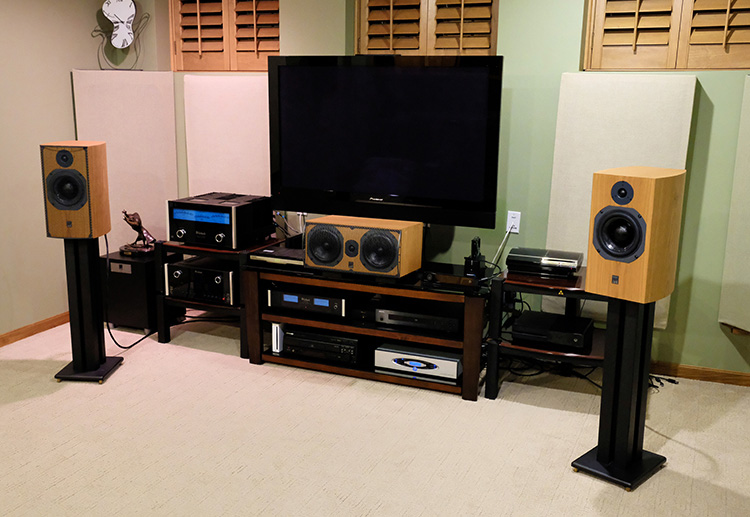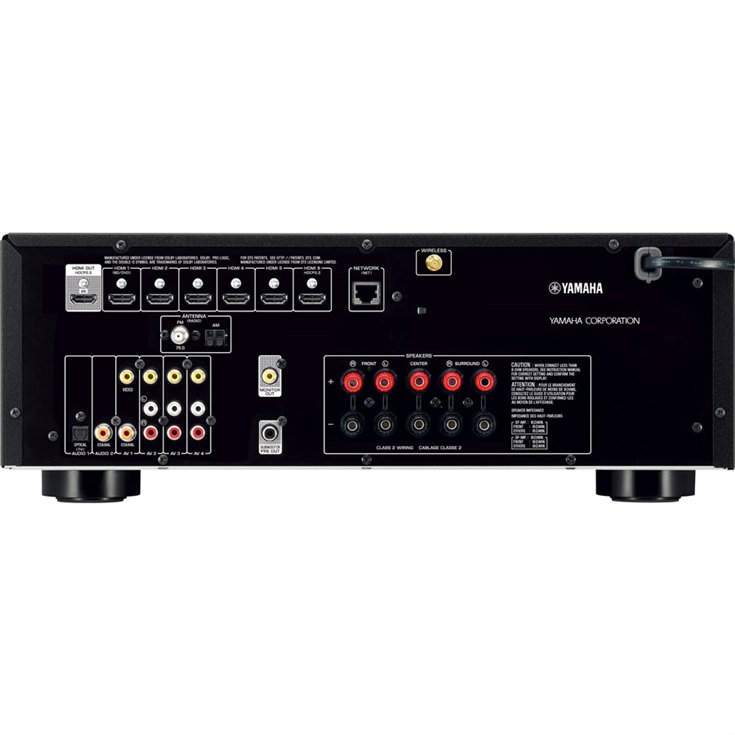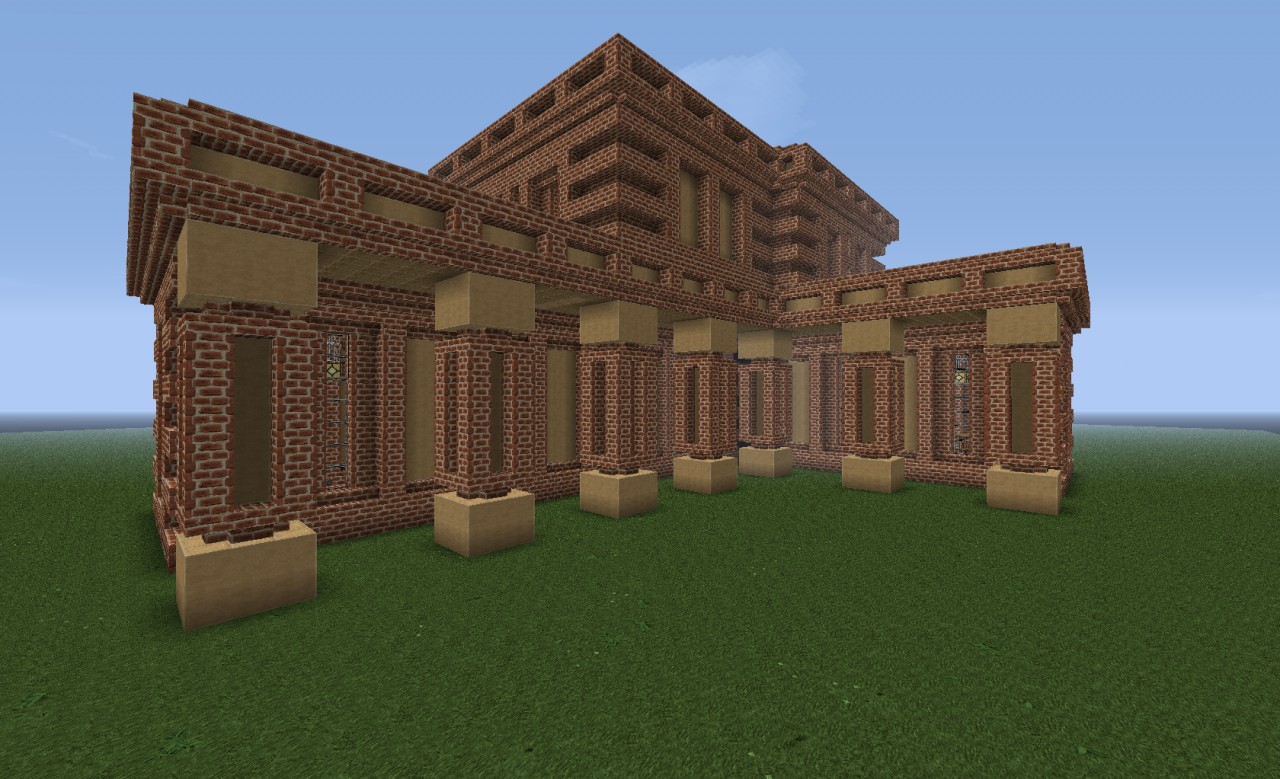Table of Content
The speakers still look cooler with them off but it’s nice to have them available should you have young ones around with wayward hands. 4-way bass-reflex/acoustic suspension floor-standing loudspeaker with down-firing ports. The subwoofers use dual 12-inch drivers in an uncommon push/pull configuration with a massive amplifier to deliver incredible impact with low distortion. While Perlisten Audio may be a new name to most audio enthusiasts, they have come to market swinging with a unique and enviable array of loudspeakers and subwoofers.

Above 4kHz we are seeing the radiation pattern of just the center tweeter. Above 4 kHz any convergence of the on-axis with the off-axis curves past 30-degrees is likely a waveguide reflection. It is clear that replacing the passive crossover with DSP would provide even better results and the possibility to control the vertical response to optimize it for listener’s height. Perlisten states that in home theater applications with multiple rows seating, no single optimization will satisfy everybody, and the current design will work well with such seating.
Customer Service
The speakers were placed about 8 feet apart with just a mild degree of toe-in . For stereo listening, I paired the speakers with the Anthem STR Preamp and Power amp combo. This allowed me to leverage the built-in bass management capabilities and ARC Genesis room correction, proving particularly handy when I integrated the dual R212s subwoofers into the mix. Playing tracks like Ghost Rider’s “Make Us Stronger” was just an onslaught of bass bliss from beginning to end. Both subs rendered solid, gut-punching impacts, over and over without the slightest protest, energizing a very large room with ease.
The ensemble consisted of guitar, drums, keyboards, and stand-up bass recorded in a reverberant old manor home. The ATMOS soundtrack is well recorded and mixed with lots of the environmental atmosphere and spatial cues coming through. The Perlisten speakers give an exceptionally natural-sounding presentation. They are really superb at relaying all the subtleties in this concert. The crispness of “Slowhand’s” fingerpicking just sounds delightful and even the slightest brush or bend of the strings comes through.
Music & Movie Reviews
If they stayed on, the response at 5-degrees would start dropping which we do not want to happen. At 2 kHz – 3 kHz the outer tweeters have turned off and only the central tweeter is on. Unfortunately, that center tweeter is radiating over a wide-angle.

Recall this is where the floor reflections are the most energetic in reflection since they have the smallest path to the ear. Note that the highest quality professional speakers designed for mid-field to far-field usage have deep waveguides to control the room acoustics and create the most accurate mix. To conclude the measurement section, this speaker is a significant advance on what has been about 25 years of evolution of the 3-way speaker with a vertical array of a dome tweeter, cone midrange, and woofer. The use of computer-aided design tools was essential in these speaker’s development. The advances across the past 25 years have been documented in both AES papers and an examination of the finished product.
Klipsch Home Theater Systems with 5.2 Channel Speaker System Speaker Systems Without Receiver
Unusually the R5m features a down-firing 3.5-inch port that is partially obscured by the base plate of the custom stand, a pair of which were sent with the speakers. The bottom portion of the R5m has an open cavity with a mesh vent on the bottom of either side and back of the speaker allowing the output of the port to freely expel out of the base of the speaker from multiple sides. The aforementioned stands are as substantial in construction as the speakers. Heavy gauge metal with a thick metal baseplate and adjustable feet, the stands bolt into the base of the speaker with supplied hardware. Consider the S7c center channel speaker to be a sealed box version of the S7t tower, just turned on its side with the DPC Array rotated by 90-degrees and no plinth.
Note the 6.5-inch driver’s radiation pattern converges to the same value as the frequency descends from 700 Hz. Above 700 Hz the 6.5-inch driver is becoming increasingly directional. Note how well matched the tweeter array is to the 6.5-inch driver. I had no issues with the sound of male or female vocals on either speaker.
Canton Vento 100 Floor Standing Speaker Review
My studio listening space is not the most forgiving environment for speakers to begin with, especially with its shorter ceiling height. Still, the Perlisten S7t gave me a real sense of hearing all the nuances in whatever music I was listening to, in equal measure. From the most subtle inflections of the human singing voice to the sounds of sliding fingers over guitar strings to the details of breathing when playing the flute. These details remained consistent in sound and level even when I was listening well off-axis or if I moved my seat unusually close to the speakers.
The Perlisten S7t had incredibly satisfying bass output when used on their own. In my room, well away from the walls, the bass reach and impact extended low enough that a subwoofer need not be considered (but that didn’t stop me from trying a little later!). These Perlisten towers handled all these musical elements deftly as if it was just a walk in the park.
Below that the room acoustics dominate and result in some wilder variations in the bass response. Even so, when looked at as a whole, both averages are tracking the PIR fairly well although beyond 4 kHz the PIR is declining a little faster than the speaker response in-room. Those silk dome tweeters seemed to be doing their thing almost as well as their carbon and Beryllium counterparts did, farther up the product line.

On rare occasions, I’ll get a speaker or sub in here that will significantly aggravate that frequency. I don’t know what it is about the specific speaker/room interaction combination that causes a peak that large, but it was happening here and now, and it was audible. Given my limited positioning options in this room, it left me with one option to remedy the situation, room correction. So, after a few more measurements and engaging Anthem ARC Genesis room correction with a maximum limit of 600 Hz, the room resonance peak was thoroughly banished.
The “floor reflection” is defined as the spatial average of three measurements at 30 degrees below the main axis ± 10°. Note the huge attenuation the speaker produces at 30 and 40-degrees. 20-degrees is a little compromised but as we said earlier, at 5-degrees the DPC has a whole other job, to stay as close to the on-axis as possible.
Even my colleague and co-conspirator on many loudspeaker reviews, Dr. David A. Rich was left agog at the measured performance of the Perlisten S7t towers in my very difficult room. I wasn’t kidding at the time when I said that the S7t and their novel Directivity Pattern Control Array were able to bend my room to their will from 300 Hz on up. I hadn’t seen or heard anything like it before from another loudspeaker that wasn’t using DSP or room correction. Now, this was a very premium and expensive system, so the only thing left to wonder was, what could Perlisten do to bring these technological benefits down to a price point that someone like me could afford? Well, an email from Perlisten CEO, Dan Roemer, provided an answer.
Sign in for the full experience.
I would probably go for a less expensive Hsu or Ascend/Rythmik speaker/sub system, and bring the source up to a $1k PC. But I think the system listed in the article is a very intelligently thought out and high value setup. As expected, the R5m’s floor reflection average fits between 20 degrees which is the more energetic, and 30 degrees. Results show much of the speaker’s operating range takes place between 3 to 5 ohms. Bandwidths of 40 Hz to 90 Hz and 600 Hz to 7 kHz happen well above 5 ohms. So AVRs like my Anthem MRX1120 and comparable should be able to drive these just fine, but more good quality power is always better if you can get it.
So, the vertical radiation pattern is very different but what positives does it bring? Controlling the vertical radiation pattern reduces the floor and ceiling bounces. Does it really do that well enough to make a difference for the listener? Look back at our quasi-anechoic listening window and in-room frequency response curves. The vertical radiation pattern you see here is making a rather dramatic difference.

No comments:
Post a Comment